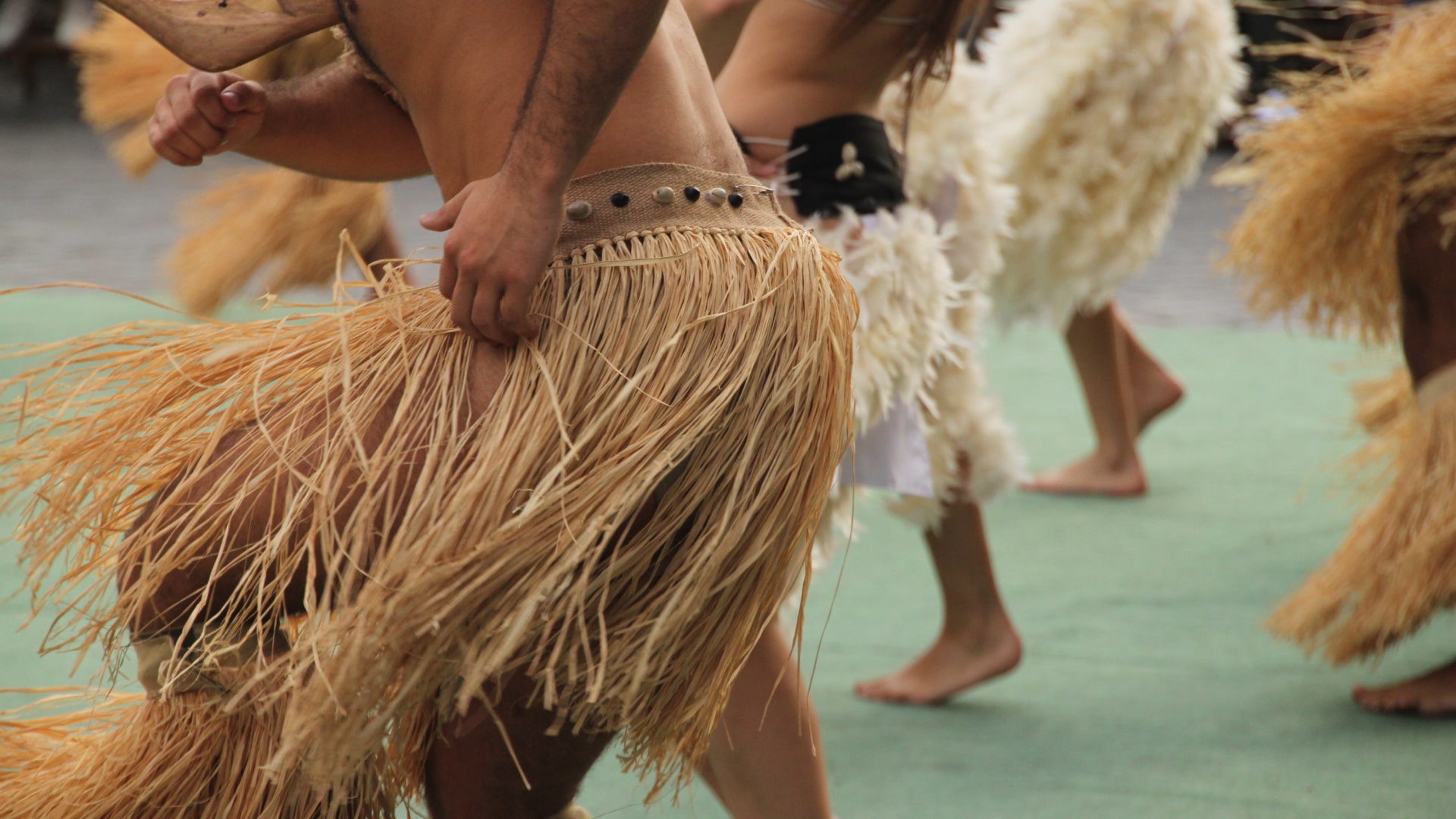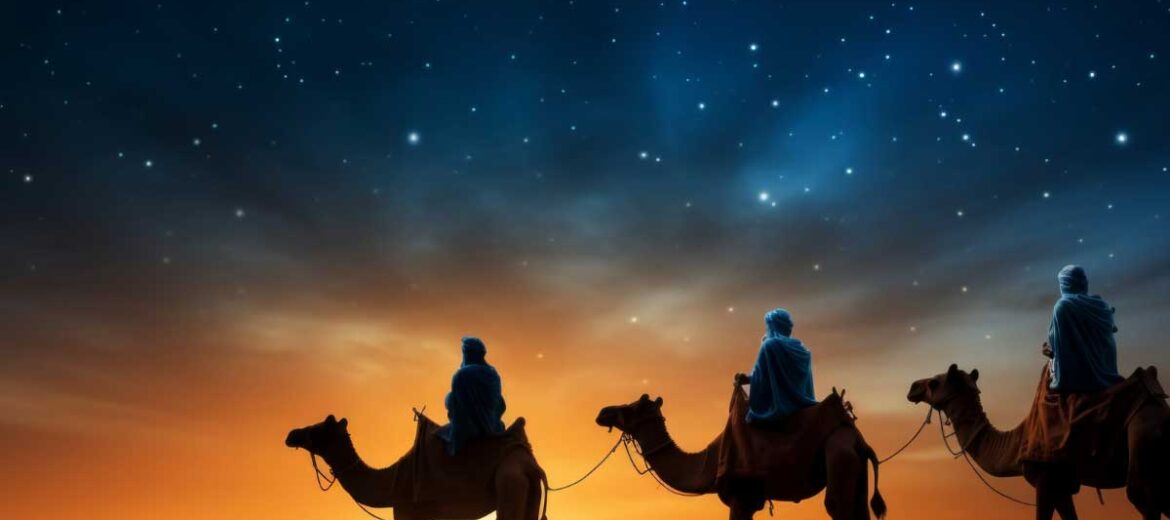The desert, with its vast, unspoiled landscapes, offers one of the most stunning and serene settings for stargazing. Far removed from the lights and distractions of the city, the desert’s clear skies and crisp air make it a perfect destination for those seeking to witness the beauty of the cosmos. Whether you’re an experienced stargazer or someone experiencing the night sky for the first time, the desert promises an unforgettable celestial experience.
Why the Desert is Perfect for Stargazing
One of the most compelling reasons to stargaze in the desert is its unparalleled clarity. With little to no light pollution and a dry atmosphere, the desert offers some of the clearest skies in the world. The absence of city lights allows the stars to shine brighter, making it easier to spot constellations, planets, and even distant galaxies.
The crisp, cool air of the desert also plays a role in enhancing the visibility of celestial objects. Without the haze and moisture found in more humid climates, the desert sky remains crisp and unobstructed, offering a view of the stars that’s hard to match anywhere else.
Best Times for Stargazing in the Desert
The ideal time for stargazing in the desert is during the winter months when the skies are clearer, and the temperatures are cooler. However, the best stargazing conditions usually occur when the sky is free from the moon’s bright light, so aim to stargaze around a new moon phase.
If you’re planning a stargazing trip, be sure to check the lunar calendar and plan your visit accordingly. Nights with no moonlight will give you the best view of the Milky Way and other celestial bodies.
Key Celestial Events to Watch For
While stargazing in the desert offers amazing views on any given night, there are a few key celestial events you won’t want to miss:
-
Meteor Showers: The desert offers a fantastic vantage point for witnessing meteor showers like the Perseid Meteor Shower in August and the Geminid Meteor Shower in December. On clear desert nights, you can watch shooting stars streak across the sky, making for an unforgettable experience.
-
Planetary Sightings: Depending on the time of year, the desert skies also offer opportunities to spot visible planets like Mars, Venus, Jupiter, and Saturn. These planets, which shine brightly against the backdrop of stars, are easily visible even to amateur stargazers.
-
The Milky Way: The Milky Way, our galaxy, is one of the most stunning sights to behold in the desert. With the right conditions, you can see the entire arc of the Milky Way stretch across the night sky, a sight that’s truly awe-inspiring.
How to Stargaze in the Desert
-
Find the Right Location: To make the most of your stargazing experience, find a location with minimal light pollution. Many desert resorts and camps offer guided stargazing tours in the best spots for viewing the night sky. If you’re venturing out on your own, head to a remote area far from city lights to get the clearest view.
-
Bring the Right Equipment: While stargazing can be done with the naked eye, bringing a pair of binoculars or a telescope can enhance the experience. A good telescope will allow you to see the craters on the moon, the rings of Saturn, and more distant objects like nebulae and star clusters.
-
Dress for Comfort: The desert can get quite cold at night, even if the days are warm. Bring layers of clothing to keep comfortable during your stargazing session. A cozy blanket or a reclining chair can make your experience even more enjoyable.
-
Learn the Constellations: Before you head out into the desert, familiarize yourself with the major constellations that will be visible. Some common ones include Orion, Ursa Major (Big Dipper), and Scorpius. Many stargazing apps and star charts can help you identify the constellations in real-time.
Additional Tips for Stargazing in the Desert
-
Bring a Red Light: White light can ruin your night vision, so use a red flashlight or headlamp when navigating in the dark. This allows you to see without disrupting your ability to see the stars.
-
Be Patient: Stargazing is an activity that requires patience. Allow your eyes time to adjust to the darkness and enjoy the beauty of the night sky. The longer you stay out, the more stars and celestial objects you’ll discover.
-
Respect Nature: Remember to respect the natural surroundings of the desert. Stay on marked paths and avoid disturbing the wildlife. The desert is a fragile ecosystem, and your efforts to minimize your impact will help preserve its beauty for future stargazers.
Stargazing Activities in the Desert
If you’re looking for a more immersive experience, many desert resorts offer stargazing activities such as:
-
Guided Night Sky Tours: Expert astronomers guide you through the constellations, sharing fascinating facts and stories about the stars, planets, and galaxies visible in the desert sky.
-
Stargazing Events: Some desert resorts host special events during celestial occurrences, such as meteor showers or eclipses, offering telescopes and expert guidance.
-
Astronomy Workshops: Learn the basics of stargazing, from reading star maps to operating telescopes, in a fun and educational setting.







